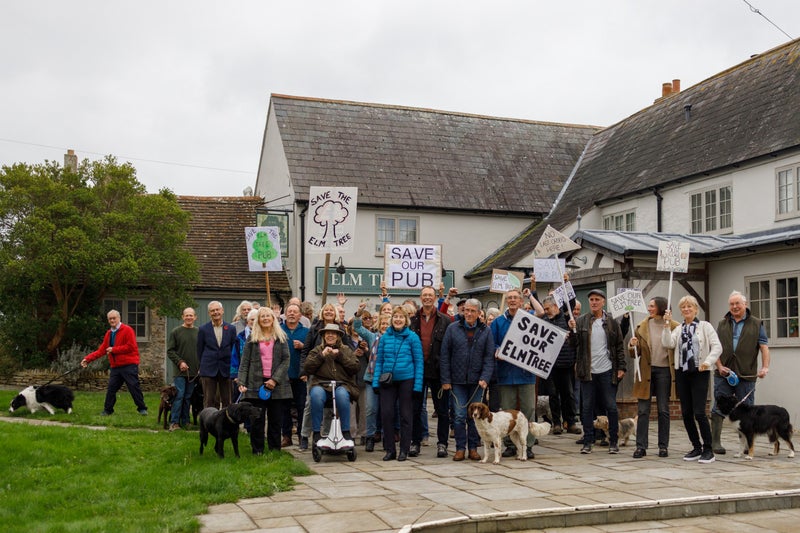Where tourists seldom tread, part 14: three English towns form the unlikely end of the Silk Road
Share:
If you can’t make it to Samarkand or Xian, visit Jarrow, Lichfield or Southend at the other end of the historic trading route. Religion and mammon connect these three towns, linked as they are to Britain’s Christian heritage and to the ancient trade network that we now call the Silk Road. The British Museum’s Silk Roads exhibition (running until 23 February) concludes with the British Isles – the western extremity of the transport routes that ferried precious stones and ornate textiles, artistic ideas and craft techniques between Asia and Europe, with the exhibition focusing on the second half of the first millennium.
![[‘The cathedral interior is a vaulting, geometrically satisfying upturned ship of stone.’]](https://i.guim.co.uk/img/media/f9c8613a87a0856d60ffc98c9696eae6941352d0/0_0_5760_3840/master/5760.jpg?width=445&dpr=1&s=none&crop=none)
If I had lived in Tudor times, I, who reside on the far side of Pendle Hill, would have lived in the diocese of Lichfield. It extended from the River Ribble to well south of Coventry. In fact, this was a come down. Lichfield was briefly the seat of an archbishop at the end of the eighth century, when Offa was king of Mercia and powerful enough to thumb his nose at Canterbury.
![[A lifesize bronze statue showing two men in flat caps holding a banner]](https://i.guim.co.uk/img/media/050b5978cee1410ab3b7228d50b41c00ec5424e4/0_2207_3493_2095/master/3493.jpg?width=445&dpr=1&s=none&crop=none)
My guide for worshipping the befittingly magnificent cathedral is Henry James, who writes: “You have not seen it till you have strolled and restrolled along the close on every side, and watched the three spires constantly change their relation as you move and pause.”.
![[Wooden statue of the venerable Bede]](https://i.guim.co.uk/img/media/5acd3296d3577e3fda934986295242f08c81cff8/267_3_2576_2576/master/2576.jpg?width=445&dpr=1&s=none&crop=none)
The west front, with its saints, apostles, kings and patriarchs, is like a vertical necropolis. Sir George Gilbert Scott added them in the mid-19th century, believing it restored the cathedral to its original medieval glory; Roundheads had ravaged the building during the English Civil War. Not that such religious conflict was new here. Radical Anabaptist minister Edward Wightman, from Burton upon Trent, was the last person in England to be burned at the stake, on the market square; a historical marker records the event.
![[Stone set into the grass showing what the grave inside would have looked like]](https://i.guim.co.uk/img/media/40619fc38fd6c49fac4f357d33f607a6147e948a/0_360_5760_3456/master/5760.jpg?width=445&dpr=1&s=none&crop=none)




















.jpeg?crop=4:5,smart&quality=75&auto=webp&width=960)
.jpeg?width=1200&auto=webp)
